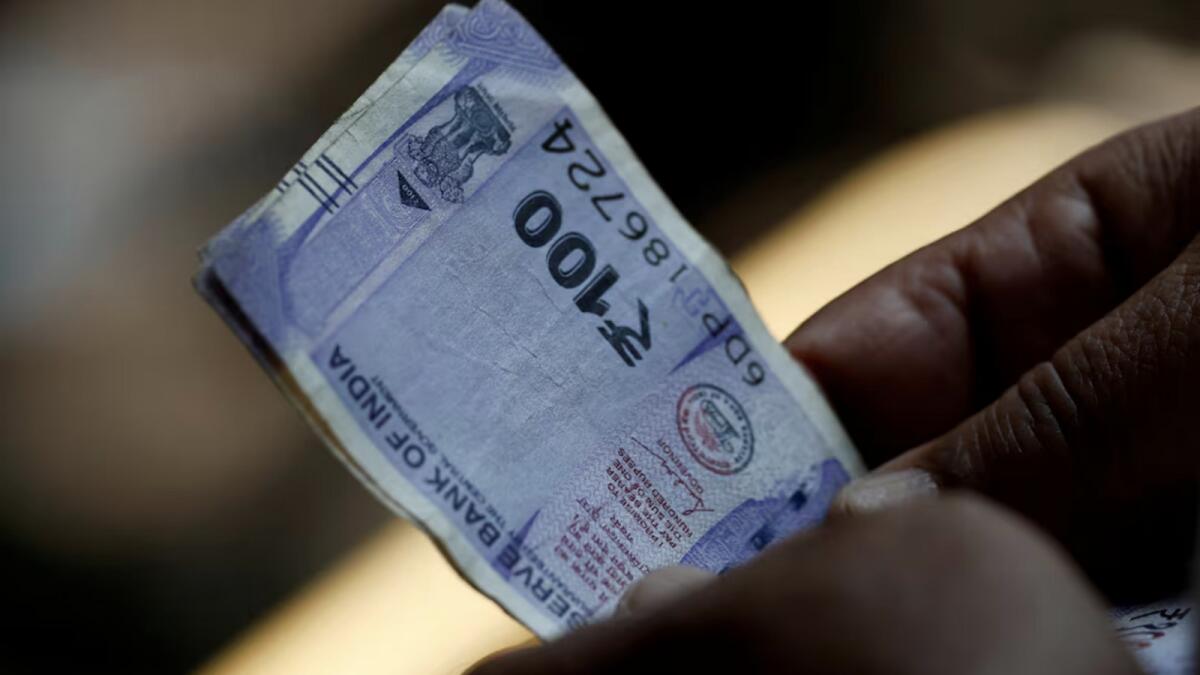The Indian Rupee rallied to a six-week high against the U.S. Dollar following the Federal Reserve’s decision to implement a 50-basis-point rate cut. The Rupee stood at 83.66 against the Dollar, a 0.1% increase from the previous session’s close. This surge marked the Rupee’s highest level since August 1, reaching a peak of 83.6650 in early trading. While the Dollar index initially dropped to its year-to-date low post the Fed’s rate cut announcement, it later rebounded to 101, supported by Chair Jerome Powell’s reassurance regarding the absence of recession risks in the U.S.
The Rupee’s gains were attributed to broad-based Dollar selling interest on Thursday; however, experts believe that importer dollar bids could restrict further appreciation beyond 83.65. An FX salesperson at a private bank mentioned that importers might be inclined to purchase Dollars at these levels, indicating a potential limit on the Rupee’s rise. Meanwhile, Asian currencies displayed mixed movements, with the offshore Chinese Yuan strengthening by nearly 0.2%, while the Malaysian Ringgit and Korean Won experienced declines. The Federal Reserve’s updated projections suggested additional cuts in the benchmark interest rate over the upcoming years.
Amit Pabari, the managing director at FX firm CR Forex, highlighted the importance of the Reserve Bank of India’s (RBI) response following the Fed’s decision and speculated on the Rupee’s future trajectory. Traders anticipate the RBI’s intervention to regulate sharp appreciation in the Rupee by absorbing Dollar inflows to bolster foreign exchange reserves and safeguard the competitiveness of Indian exports. With the Fed’s rate cut signaling a possible global trend, the focus now shifts to the RBI’s actions and their impact on the Rupee’s value.
The currency market remains cautiously optimistic about the Rupee’s performance in the aftermath of the Fed’s decision. Despite the immediate gains, concerns linger regarding the sustainability of the Rupee’s upward movement and the potential challenges posed by importer Dollar bids. The evolving global economic landscape, coupled with central bank policies, will continue to influence currency movements and trade dynamics. As market participants closely monitor the RBI’s response to the changing financial landscape, the Rupee’s stability and competitiveness remain key focal points for stakeholders.
In conclusion, the Indian Rupee’s ascent to a six-week high reflects the evolving dynamics in the global economy post the Fed’s rate cut. While the Rupee’s gains are promising, the market is cognizant of potential challenges in sustaining this momentum, particularly in light of importer Dollar demands. The RBI’s intervention strategies will play a crucial role in balancing the Rupee’s value, foreign exchange reserves, and export competitiveness. As the currency market navigates through uncertainties and shifts in monetary policies, the Rupee’s resilience amid external pressures will be closely monitored. Overall, the current economic landscape underscores the interconnectedness of global currencies and the need for a strategic response to maintain stability and competitiveness.











